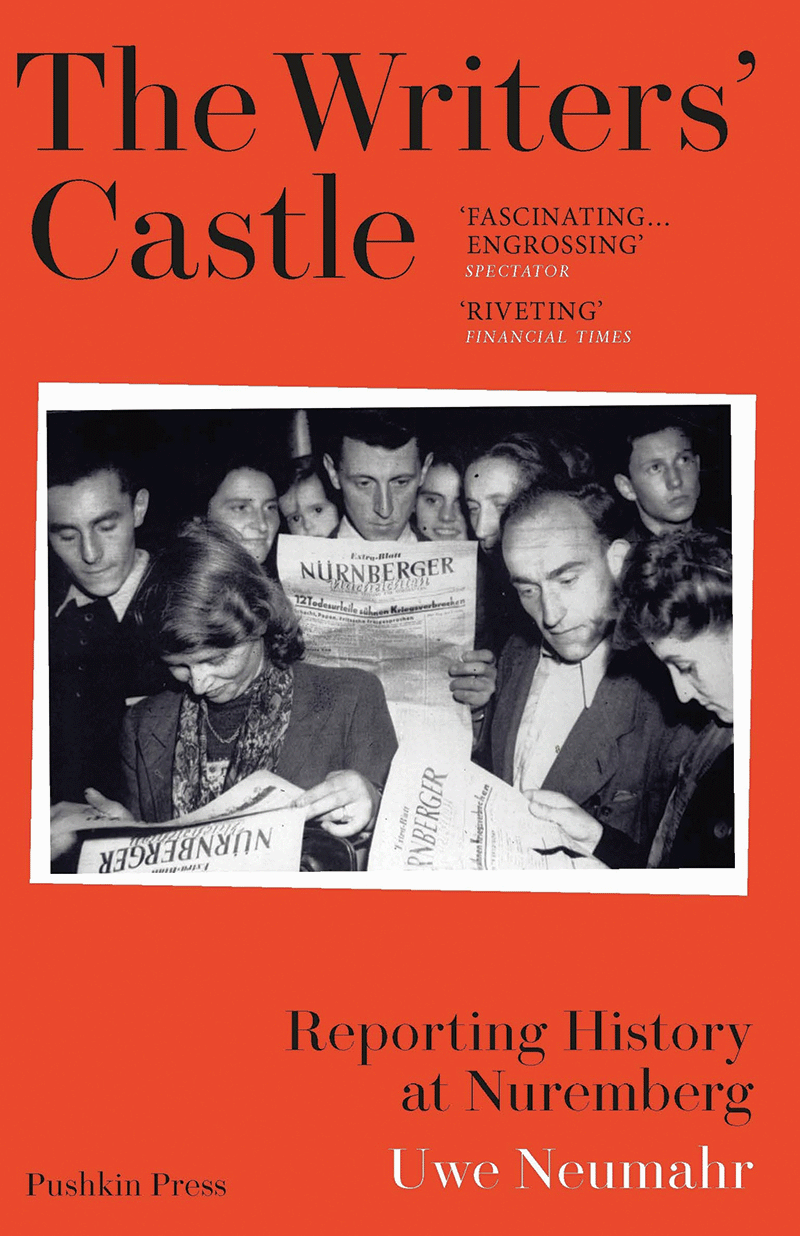
The Writers’ Castle: Reporting History at Nuremberg
Uwe Neumahr
£12.99, Pushkin Press
While the world’s greatest journalists and writers covered the Nuremberg trial of Nazi leaders in 1945-6, another story was unfolding in the nearby town of Stein. With bombed-out Nuremberg precluding accommodating hundreds of press, a mock castle, Schloss Faber-Castell, was turned into an international ‘press camp’. As Neumahr, translated by Jefferson Case, recounts in this fascinating history, the press camp ‘was a hive not only of journalistic activity but of artistic creativity, the birthplace of drawings, cartoons, novels and short stories’.
Here, the ‘crème de la crème of the journalistic and literary scene of the day’ converged. They included American novelist John Dos Passos; William L. Shirer, whose book The Rise and Fall of the Third Reich would become a global bestseller; author and script-writer Erich Kästner, who had witnessed ‘dumbfounded his works being thrown on to the pyre at the infamous Nazi book-burning in Berlin in May 1933’; the American journalist Janet Flanner; ‘the grand dame of British journalism’ Rebecca West; and Martha Gellhorn, ‘one of the greatest chroniclers of the [second world war] and a pioneer of female frontline reporters’. As Neumahr observes, ‘in terms of women’s liberation, the microcosm of Schloss Faber-Castell was far ahead of mainstream German society’. In the global press corps, the proportion of women outstripped members of the Reich Association of the German press who were women.
So how did the people of Nuremberg – 178,000, about half of its pre-war population, who ‘lived from hand to mouth, drank from rain gutters’ – view the trial? Neumahr notes that they were ‘too preoccupied with their precarious personal existences to take much interest’. The occupying powers had banned all organs of the Nazi-controlled press, but German newspapers were slowly being resurrected after receiving their first licences. At Nuremberg, Germans were allotted seven of 250 press spaces.
In the courtroom, however, the Allies were accused of hypocrisy. US chief counsel Jackson had said that Germans ‘had become the victims of a criminal regime’, yet there was no German judge. The prosecution, in respect of charges of war crimes and crimes against humanity, rested with France and the Soviet Union; the British and Americans led the prosecution with regard to charges of conspiring to destroy peace and planning a war of aggression. The American judicial delegation comprised over 2,000 individuals, the British 170, the Soviets 24 and the French about 12.
Neumahr turns to the journalistic dimension. Nuremberg posed its own challenges, for reporters had to ‘find words for both the legal proceedings and the unspeakable horrors that had been committed. No one had ever tried to do anything like that before’. Passos, for example, espoused the ‘New Reportage’, a ‘middle ground between literature and journalism’.
As well as words, the Nuremberg trial made profound visual statements. British Impressionist painter Laura Knight, in her rendering of the trial, showed the defendants and ‘wholly omitted the rear and side walls of the courtroom so that viewers looked out on the devastated city of Nuremberg, parts of which stood in flames’. And the prosecution showed three rolls of a documentary film titled Nazi Concentration Camps. As Neumahr notes, ‘reading aloud from official paperwork or minutes of meetings was scarcely an adequate way of conjuring up emotion or communicating unfathomable atrocities like concentration-camp genocide.’
This is a satisfying addition to the Nuremberg library.
Nicholas Goodman

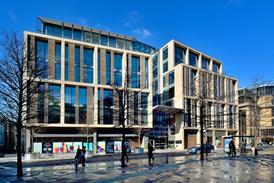
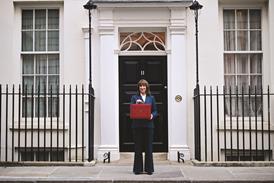
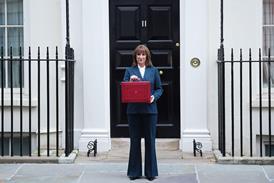

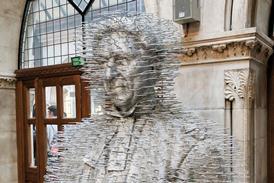

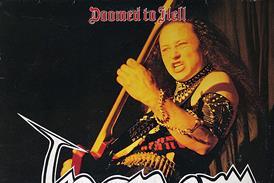
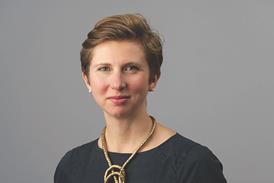



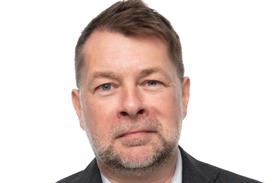
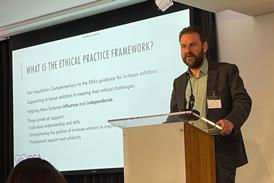
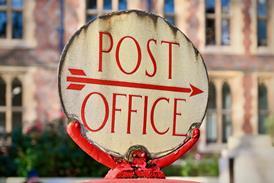

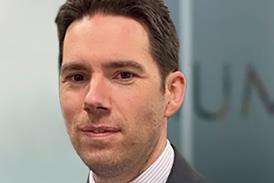



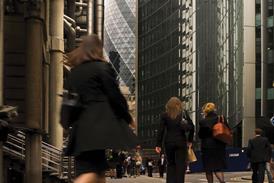










No comments yet